Research Projects
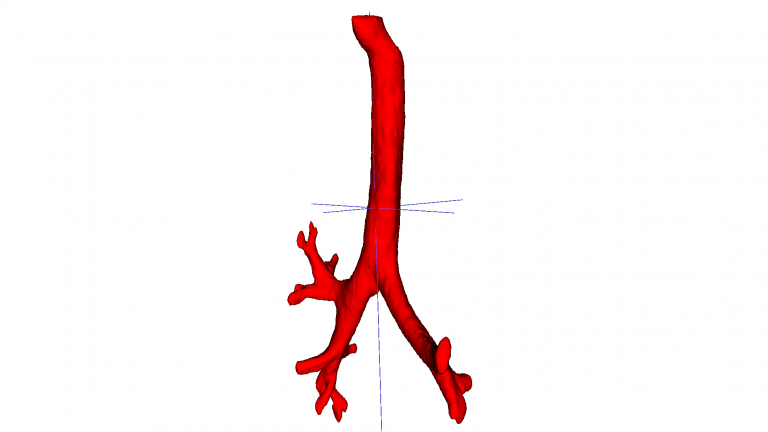
PedIATrach : Pediatric trachea, from artificial intelligence-assisted airflow modeling to clinical management
Funding Entity:
AMU Amidex
Budget (K€):
300
Short Description:
In neonates and infants, the decision to operate on laryngotracheal stenosis is based on its clinical tolerance. However, there are intermediate forms, where the decision of major surgery is complex. Computational Fluid Dynamics can be used to model airflow in the pediatric airway. An efficient use of CFD requires both modeling a reliable 3D reconstruction of pediatric airways and solving the equations that govern the flow. These steps are time-consuming and sometimes not reproducible. PedIATrach aims at integrating computer vision approaches for automating the 3D models reconstruction and optimizing the reconstruction time by selecting the appropriate DICOM images.
Starting Date:
09/2023
Ending Date:
08/2027
Status:
Ongoing
Partners:
AMU/LIS UMR 7020, APHM, Marseille, IUSTI UMR 7343, INSTITUT UNIVERSITAIRE DES SYSTÈMES THERMIQUES INDUSTRIELS
Role:
Partner
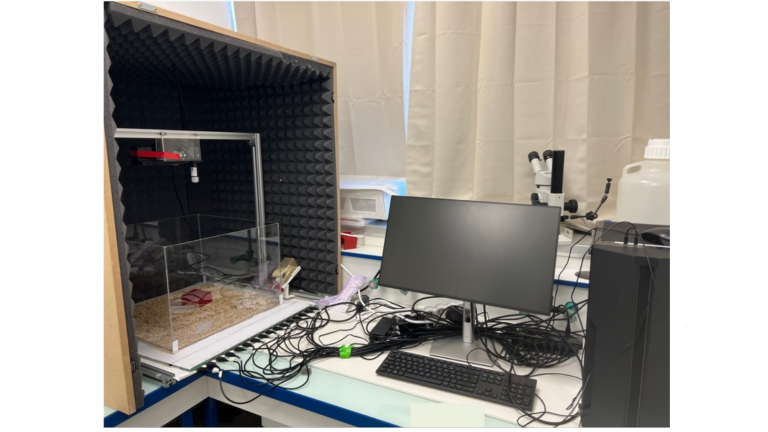
MEASURED: Modeling bEhaviorAl phenotypeS moUse Rare nEurodevelopmental Disorder
Funding Entity:
AMU Amidex
Budget (K€):
100
Short Description:
Neurodevelopmental disorders (NDDs) include impairments in some domains of functioning, and their diagnoses are based on behavioral analysis with developmental acquisition lags. The analysis of mouse models of NDD, which is essential for identifying pathological mechanisms and improving the treatment of NDD, requires the identification of a wide range of complex and evolving behaviors to characterize pathological models and verify the efficiency of treatments. For this, we will use LMT, and to develop analytical tools for studying complex and evolving behaviors. Our objective is to analyze the behavior of 5 NDD mouse models at different ages.
Starting Date:
01/2023
Ending Date:
06/2027
Status:
Ongoing
Partners:
AMU/LIS UMR 7020, Inmed UMR1249, Institut de Neurobiologie de la Méditerranée, IBDM UMR 7288, Institut de Biologie du Développement de Marseille
Role:
Partner
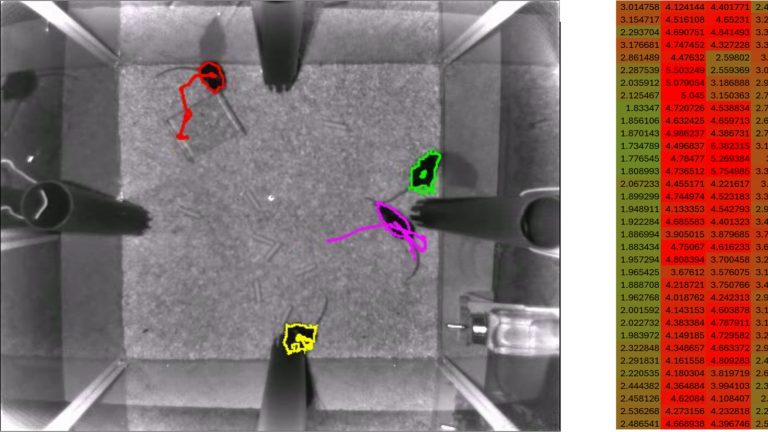
ASDMOD : Modeling complex autistic-like behavior in mice and impact of obesity induced during pregnancy
Funding Entity:
ANR
Budget (K€):
540
Short Description:
ASDMOD aims at modelling behaviors of autistic (ASD) mouse models, caused by either genetic mutations, excessive gestational weight gain (GWG, detected today in half of women), or both. It focuses on a non-invasive, longitudinal, and blind behavioral study of male and female autistic mouse models (genetic and environmental models) compared with control mouse (same age, same sex). We thus propose a 3D behavioral analysis pipeline dedicated to the study of temporal series of single actions (individual, dyadic or group actions). This framework will rely on computer vision and deep learning techniques and will consider these actions time series at multiple time-scales.
Starting Date:
01/2023
Ending Date:
06/2027
Status:
Ongoing
Partners:
AMU/LIS UMR 7020, Inmed UMR1249, Institut de Neurobiologie de la Méditerranée, IBDM UMR 7288, Institut de Biologie du Développement de Marseille
Role:
Partner

SEMENDO-Base
Funding Entity:
AMU Amidex
Budget (K€):
112
Short Description:
Infective endocarditis (IE) is a life-threatening condition with high morbidity and mortality, difficult to diagnose, involving infection of the heart lining and valve destruction with vegetation formation. Early targeted antibiotic treatment can reduce the risk of fatal embolisms caused by vegetation detachment. Despite advances in diagnosis and treatment, IE's impact remains significant. We've developed a novel method using scanning electron microscopy for detailed vegetation analysis, which varies by bacterial species. To overcome current manual, subjective analysis, we aim to employ deep learning for automated, standardized detection and quantification of vegetations to enhance understanding and treatment.
Starting Date:
06/2023
Ending Date:
06/2026
Status:
Ongoing
Partners:
MEPHI/IHU Méditerranée Infection
Role:
Coordinator
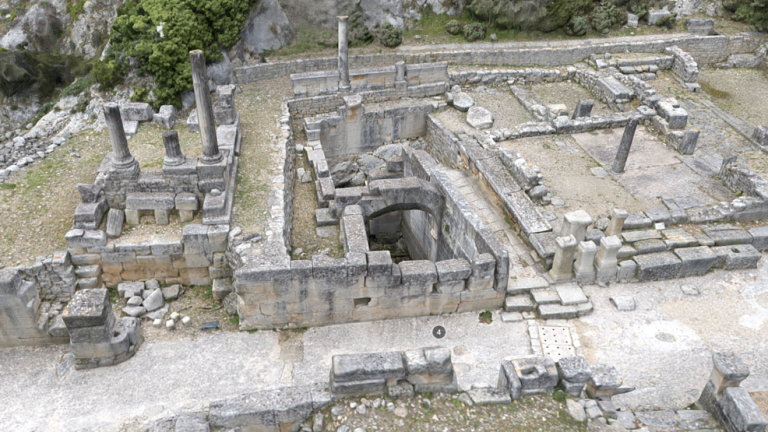
Virtual Archaeology, When Knowledge Meets 3D (VRAK3D)
Funding Entity:
AMU Amidex
Budget (K€):
100
Short Description:
The VRAK3D project integrates archaeology, architecture, and AI to enhance Cultural Heritage understanding. Focusing on the Glanum site, it has four phases: 1) Creating a 3D model integrating archaeological knowledge, aiding further discoveries. 2) Developing a formalized corpus of objects using ontologies like CRM-CIDOC, detailing morphology and inter-object relationships. 3) Utilizing deep learning to identify and localize objects of interest from photographs for 3D mapping. 4) Implementing VR for virtual site tours and knowledge interface. This project promises automated image and 3D model semantization, enriching the field with innovative technical applications.
Starting Date:
04/2023
Ending Date:
03/2026
Status:
Ongoing
Partners:
AMU/LIS UMR 7020, IRAA UAR 3155 CNRS/AMU, Centre Camille Jullian UMR 7299, Institut des Sciences du Mouvement UMR 7287, Università di Sassari, Italy
Role:
Coordinator
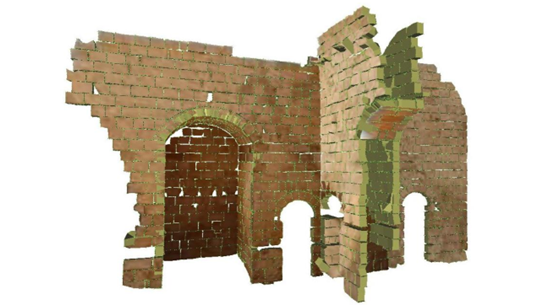
Pierre À Pierre Intelligent (PAPI)
Funding Entity:
CNRS
Budget (K€):
60
Short Description:
The project employs 3D modeling for archaeological studies to automate stone-by-stone surveys and masonry analysis using deep learning and virtual reality. The goal is to streamline the process of architectural restitution by integrating data directly in 3D. Over two years, it will develop automatic detection of structural elements from extensive datasets of various archaeological sites, enhancing material identification and reducing the manual effort involved in traditional methods.
Starting Date:
01/2023
Ending Date:
12/2024
Status:
Extended
Partners:
AMU/LIS UMR 7020, IRAA UAR 3155 CNRS/AMU
Role:
Partner
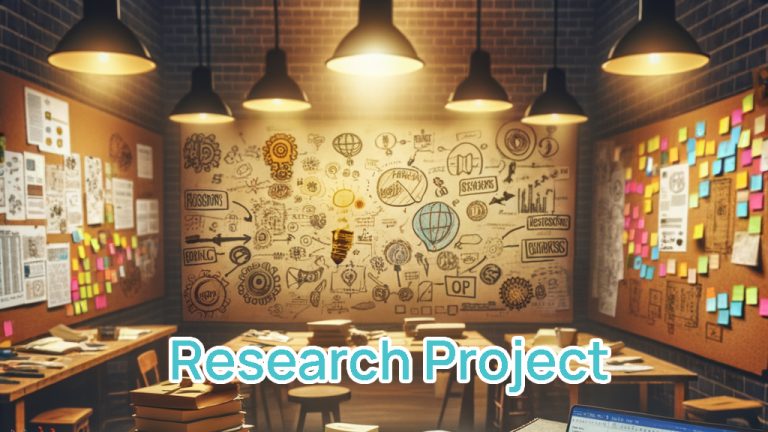
SEISMS
Funding Entity:
France Life Imaging (FLI)
Budget (K€):
24
Short Description:
This project seeks to enhance medical imaging segmentation by aggregating diverse, annotated datasets and evaluating current tools to build a comprehensive national collection. It will develop an optimized, universally applicable segmentation solution through collaborative tool validation. Its novelty lies in: i) establishing and sharing enriched image databases to improve segmentation techniques, ii) integrating these methods with clinical workflows for real-time expert feedback, and iii) applying findings to physiological studies and nutritional intervention monitoring. The project fills gaps in existing databases, leverages innovative deep learning segmentation methods, and introduces a unique web tool for clinical application.
Starting Date:
12/2023
Ending Date:
11/2024
Status:
Ongoing
Partners:
CREATIS, CRMBM
Role:
Partner
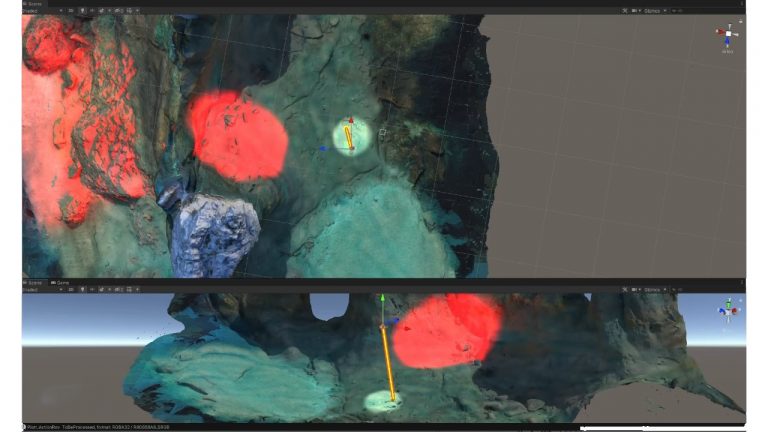
Mise à hauteur de la plateforme d’évaluation des algorithmes d’intelligence artificielle pour l’ATR et l’autonomie décisionnelle
Funding Entity:
DGA (Service Contract)
Budget (K€):
40
Short Description:
This service contract involves the photogrammetric survey of three underwater sites, which act as paradigms for scenarios where a robot's environment learning is essential for precise task execution. It includes the virtualization of surveys to create virtual sites for simulating robot behavior, aiding in training phases. Additionally, it establishes a Deep Reinforcement Learning framework within the UNITY simulation platform, enabling a transition to real-world experimentation, contingent only on mechanical constraints and available marine resources.
Starting Date:
01/2023
Ending Date:
07/2024
Status:
Ongoing
Partners:
AMU/LIS UMR 7020, Septentrion Environnement, Marseille
Role:
Coordinator
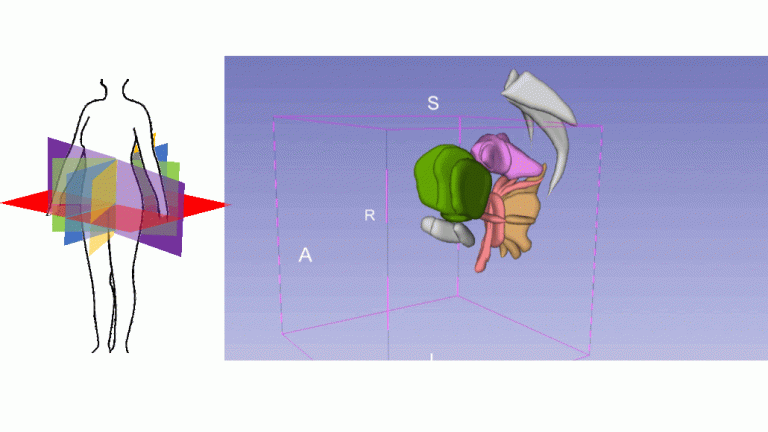
MoDyPe3D
Funding Entity:
France Life Imaging (FLI) WP4 RE4
Budget (K€):
25
Short Description:
The MoDyPe3D project aims to enhance pathological understanding, surgical procedures, and patient care through customizable 3D modeling. By using multi-planar MRI acquisition, it visualizes pelvic organs in five planes, although manual segmentation is time-consuming (50 minutes per plane). We've successfully demonstrated 3D visualization of pelvic organ movement during exercises in women with prolapse. After creating a neural network database from our segmentations, we plan to automate MRI segmentation, significantly cutting time—a precursor to regular clinical use. This work progresses towards creating 'digital twins' for pre-operative planning.
Starting Date:
01/2023
Ending Date:
07/2024
Status:
Ongoing
Partners:
CRMBM, AP-HM, UTBM-ICB
Role:
Coordinator

ACTIVIS : Video-based analysis of autism behavior
Funding Entity:
ANR
Budget (K€):
860
Short Description:
ACTIVIS, an interdisciplinary project, aiming at improving scientific research on ASD by quantifying the atypical behaviors on which the diagnosis of autism is based. It gathers medical and scientific goals including diagnosis assistance, evaluation of therapeutic programs, and quantification of atypical behaviors. This quantification requires video analysis of autistic people. ACTIVIS addresses this problem by developing computer vision and learning approaches. Indeed, computer vision is an effective solution for studying the behavior of autistic children: It allows a non-intrusive and continuous capturing of behavioral patterns with low implementation costs and provides objective measure of the impact currently used cures and treatments.
Starting Date:
01/2020
Ending Date:
06/2024
Status:
Ongoing
Partners:
AMU/LIS UMR 7020, INRIA Sophia-Antipolis, CHU Lenval, CoBTek laboratory, WITA SA
Role:
Coordinator
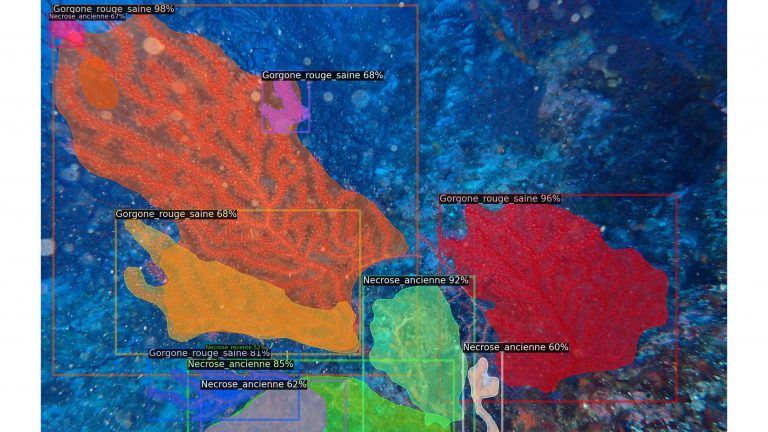
Les gorgones face au changement global : sciences participatives en plongée scaphandre et intelligence artificielle (DeepAI)
Funding Entity:
CNRS
Budget (K€):
60
Short Description:
DeepAI aims to assess the health of gorgonians in Marseille's Calanques National Park amidst global change, causing widespread invertebrate mortality. The project uses participatory science for data collection via scuba diving photography and AI for image analysis. It will develop a model for health assessment and sustainable monitoring through participatory science, involving a network of experts across disciplines. The initiative will enhance long-term biodiversity monitoring and provide data and insights to environmental managers, showcasing a model for a long-term observatory that merges human and analytical resources.
Starting Date:
01/2022
Ending Date:
12/2023
Status:
Completed
Partners:
AMU/LIS UMR 7020, Septentrion Environnement, Marseille, MARBEC UMR 9190, Université de Montpellier, Laboratoire Environnement Ressources Provence-Azur-Corse, IFREMER
Role:
Partner
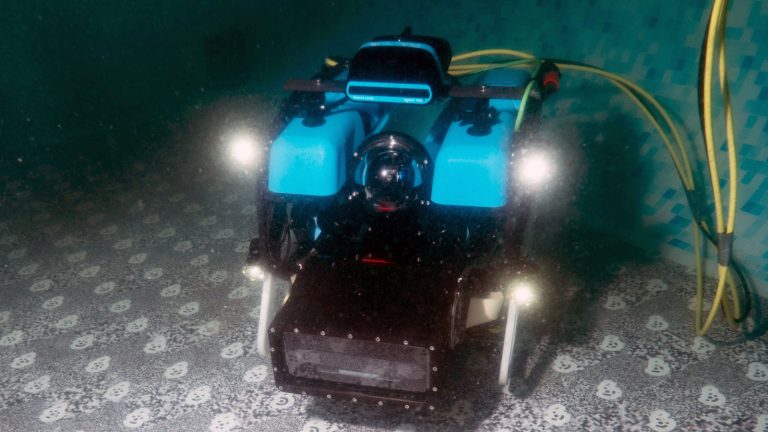
CAPteurs sonar et vidéo pour la Recherche et l’Identification de Cibles par ASV (CAPRICA)
Funding Entity:
DGA
Budget (K€):
1330
Short Description:
The exploitation of underwater resources and maritime security are of geostrategic importance, involving civilian, military, and scientific stakeholders. The use of autonomous or semi-autonomous vehicles, such as ROVs, AUVs, and ASVs, is growing for underwater inspection and security. The CAPRICA project aims to improve the identification of underwater targets using an AUV or ASV, despite challenges in precise navigation and low visibility. It proposes advanced sensors and signal processing to detect and characterize areas of interest. Defense and scientific applications, such as studying barracuda schools in collaboration with Septentrion Environment, are being explored.
Starting Date:
01/2019
Ending Date:
12/2023
Status:
Completed
Partners:
AMU/LIS UMR 7020, SYT Technologies
Role:
Partner
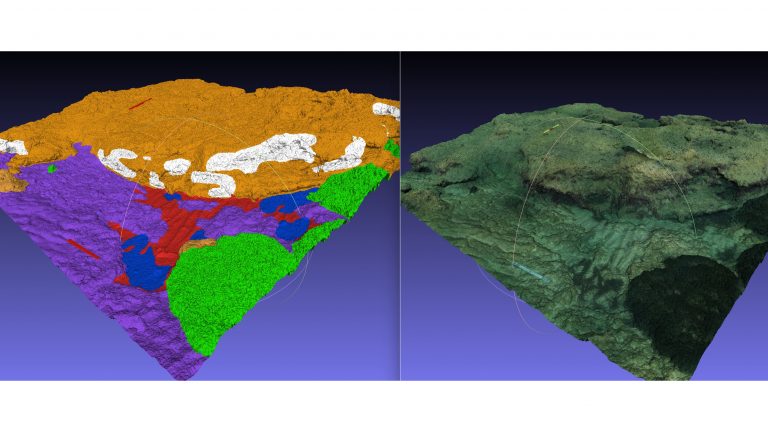
Traitement des données photogrammétriques et labellisation des modèles (DAMIEN)
Funding Entity:
DGA
Budget (K€):
250
Short Description:
Acquisition of 3D models of the seabed reconstructed by photogrammetry, labeling of these seabeds, and acquisition of side-scan sonar images of the seabed in these same areas. This project is a service contract (marché publique)
Starting Date:
01/2023
Ending Date:
10/2023
Status:
Ongoing
Partners:
AMU/LIS UMR 7020, Septentrion Environnement, Marseille, Semantic T.S. Sanary, France
Role:
Partner
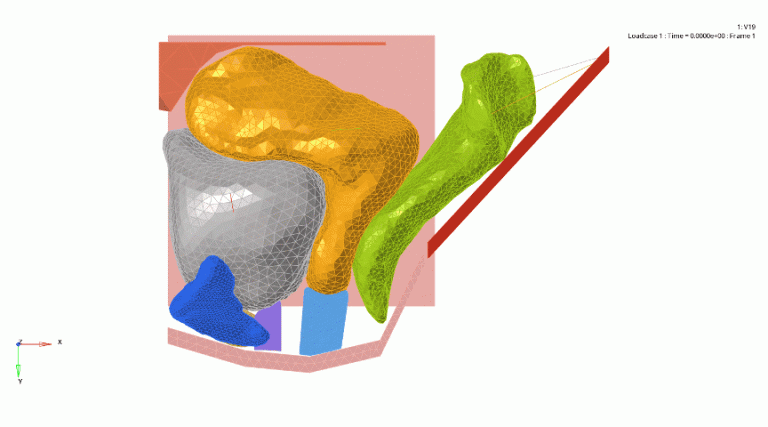
3DIRM
Funding Entity:
France Life Imaging (FLI)
Budget (K€):
14
Short Description:
Pelvic-perineal static disorders are increasingly common with age, yet their pathophysiology remains poorly understood, complicating patient management. Our multidisciplinary project models pelvic organ dynamics, involving:
Biomechanics: to simulate organ behavior under stress and create interactive mechanical models.
MRI: to capture sequences showing organ responses during stress exertion.
Imaging: to reconstruct 3D+t organ models and characterize observed deformations.
3D observations calibrate and validate these simulations, enhancing understanding of pathologies, surgical methods, and patient care. This customizable modeling is pivotal for advancing treatment strategies.
Starting Date:
12/2021
Ending Date:
12/2022
Status:
Completed
Partners:
CRMBM, AP-HM, UTBM-ICB
Role:
Coordinator
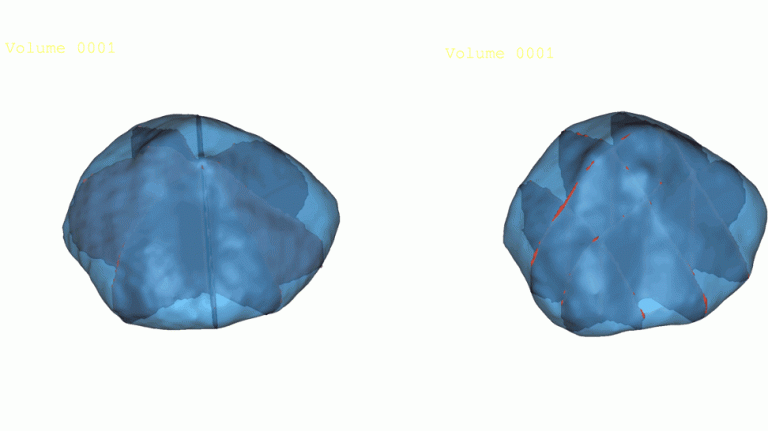
DynPelvis3D (Suivi dynamique et Caractérisation des déformations pelviennes pathologiques par IRM 3D Utra-Rapide)
Funding Entity:
Institut Carnot Star
Budget (K€):
84
Short Description:
The MoDyPe project highlighted the need to characterize organ behavior using dynamic MRI for a better understanding of underlying phenomena; 2D MRI is routine, but 3D models are essential for deeper insights. The LIS and CRMBM have pioneered 3D studies on bladder movement via ultra-fast MRI. Building on this, the DynPelvis3D project collaborates with clinicians to extend observations to adjacent organs, focusing on:
Testing MRI sequences for dynamic 3D organ observation
Creating tools for visualizing and quantifying 3D organ deformations, aiding clinical visualization and numerical modeling.
Furthermore, DynPelvis3D has spurred a clinical research proposal to the APHM, planning volunteer recruitment for MRI sequence development and patient inclusion in preliminary trials.
Starting Date:
09/2019
Ending Date:
09/2020
Status:
Completed
Partners:
AP-HM
Role:
Coordinator

Véhicule sous-marin télé-opéré à très grandes distances horizontales pour relevés photogrammétriques à haute resolution (GREENEXPLORER)
Funding Entity:
Fonds unique interministériel (FUI)
Budget (K€):
1800
Short Description:
The project involves developing a new underwater vehicle and associated services, allowing for the monitoring, photographing, and modeling of natural organisms and human-made underwater installations.
This project is led by a consortium formed around an intermediate size enterprise (ALSEAMAR), a small and medium-sized enterprise (COMEX), and three research laboratories (LSIS, I3S, and MAPIEM), all located in the Provence-Alpes-Côte d'Azur region.
Starting Date:
09/2017
Ending Date:
09/2019
Status:
Completed
Partners:
AMU/LIS UMR 7020, Comex, ALSEAMAR, Meyreuil, I3S, Université de Nice, MAPIEM, Université de Toulon
Role:
Partner
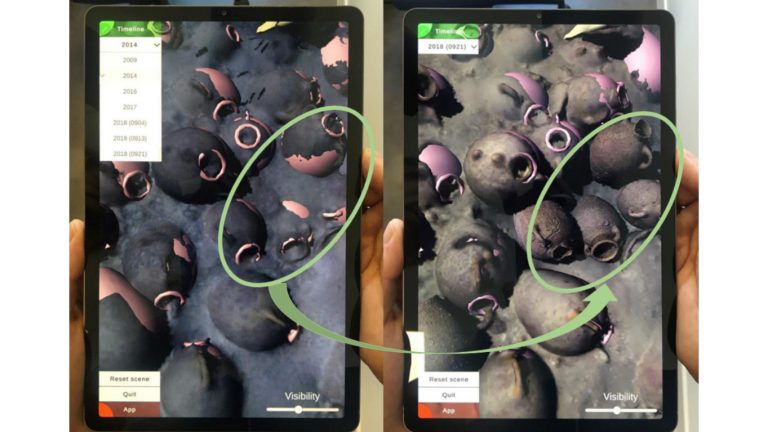
Advanced VR, iMmersive serious games and Augmented REality as tools to raise awareness and access to European underwater CULTURal heritagE (iMARECULTURE)
Funding Entity:
European Union
Budget (K€):
2370
Short Description:
The i-MareCulture project aims to promote European identity through underwater maritime heritage, which has traditionally been out of reach. It utilizes virtual tours, serious games, and augmented reality to make this heritage accessible. This interdisciplinary project is part of the European Digital Agenda and the H2020 program, aiming to connect education, research, and industry. It supports innovation and commercialization in the fields of virtual museums and digital heritage, aligning with the European strategy for a smart, sustainable, and inclusive economy.
Starting Date:
09/2016
Ending Date:
09/2019
Status:
Completed
Partners:
AMU/LIS UMR 7020, Masarykova univerzita, Czech Republic, Concordia University, Canada, Univerzitet U Sarajevu, Bosnia And Herzegovina, University Of Cyprus, Cyprus, 3d Research Srl, Italy, Universidade Nova De Lisboa, Portugal, Holografika Hologrameloallito Fejleszto Es Forgalmazo KFT, Hungary, Ministero Dei Beni E Delle Attivita Culturali E Del Turismo, Italy, Pierides Foundation, Cyprus
Role:
Partner
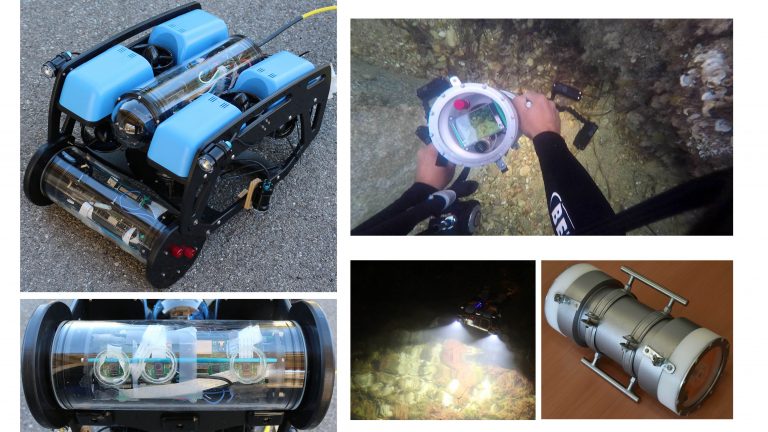
LOcalisation et Reconnaissance d’objets Immergés (LORI)
Funding Entity:
DGA
Budget (K€):
2000
Short Description:
The LORI project aims to develop a solution for object localization and recognition within a scene for the guidance of underwater vehicles. This initiative addresses the challenge of ensuring complete coverage of underwater sites during surveys to avoid incomplete 3D models and additional costs. Mobile submersibles or divers navigate targeted sites, capturing images processed through photogrammetry for realistic 3D reconstructions. The project tackles issues such as 'blind' scanning due to poor lighting by proposing real-time visual odometry for navigational guidance and clear indicators for image quality assessment. This results in a comprehensive hardware and software solution that streamlines the process of underwater documentation and minimizes time and resource expenditure.
Starting Date:
09/2016
Ending Date:
09/2018
Status:
Completed
Partners:
AMU/LIS UMR 7020, Comex
Role:
Partner

Généralisation du Relevé, avec Ontologies et Photogrammétrie, pour l’Archéologie Navale et Sous-marine (GROPLAN)
Funding Entity:
ANR
Budget (K€):
633
Short Description:
Our interdisciplinary project connects underwater/naval archaeology with computer science, bringing together experts from France, Malta, and the USA. We aim to create an information system based on ontologies to manage digital content and expert knowledge in a uniform way. This system will integrate field data collected, in particular through underwater photogrammetry, a precise tool for underwater archaeology. We have used this technique, supported by ontologies, to automate the survey of a deep wreck in Malta. Subsequently, the project will extend to naval archaeology, in partnership with the University of Texas, to refine the structural knowledge of ships.
Starting Date:
09/2014
Ending Date:
09/2018
Status:
Completed
Partners:
AMU/LIS UMR 7020, Comex, Centre Camille Jullian UMR 7299, SETP, TAMU Texas A&M University, Texas, USA, UoM University of Malta, Department of Classic and archaeology
Role:
Coordinator

Photogrammetry, gEnetics, Ecology for red coral ConservaTion (PERFECT)
Funding Entity:
Fondation Total pour la biodiversité
Budget (K€):
564
Short Description:
The Mediterranean, a "hotspot" of marine biodiversity, is facing an ecological crisis exacerbated by human activities, particularly in the coralligenous habitats, which are diverse but vulnerable. The PERFECT project adopts a multidisciplinary approach to conserve these ecosystems, focusing on the red coral, a key species. The project aims to establish conservation criteria and to study coral reproduction to improve techniques for population restoration. It incorporates underwater photogrammetry, ecology, genetics, and involves public awareness, scientific collaboration, and practical application in the management of marine areas.
Starting Date:
09/2014
Ending Date:
09/2017
Status:
Completed
Partners:
AMU/LIS UMR 7020, CSIC, Université de Barcelone, Espagne
Role:
Coordinator